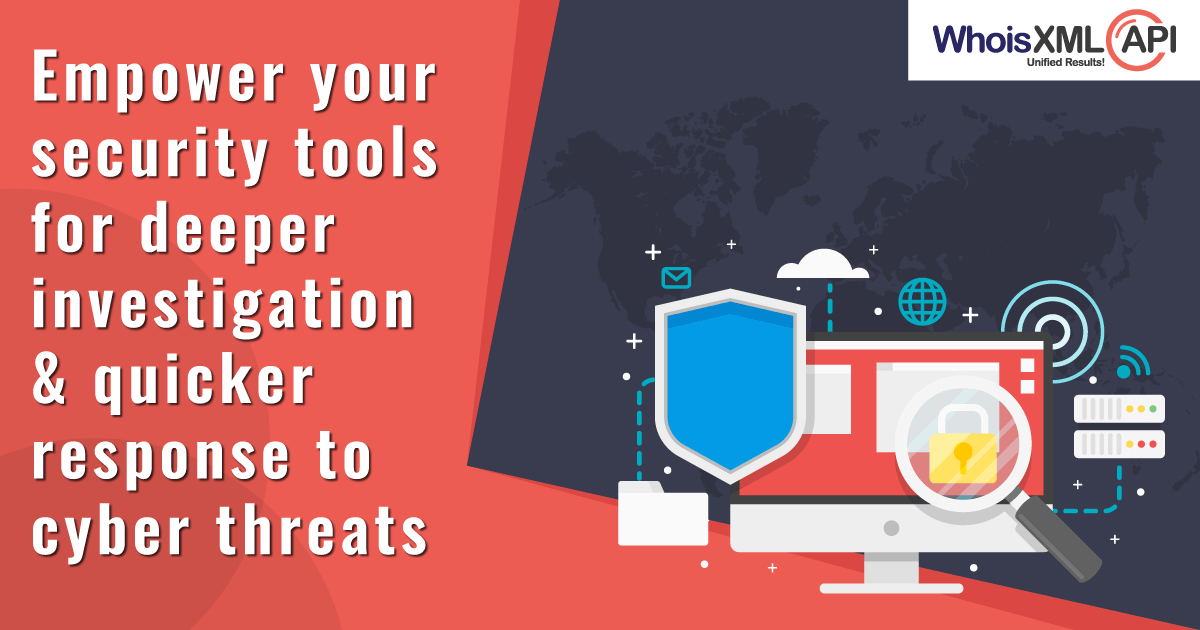Different Ways to Turn your Website Visitors into Known Customers
Building trust with customers is a very important aspect for anyone’s business both now and in the future. By looking at how most of the e-commerce platforms have performed, one has to admit that there is a growing demand for goods online. All of this is mainly due to the current technological advancements that have facilitated the growth rate of online-based businesses. As a result, understanding website visitors is crucial to the success of any organization.











































